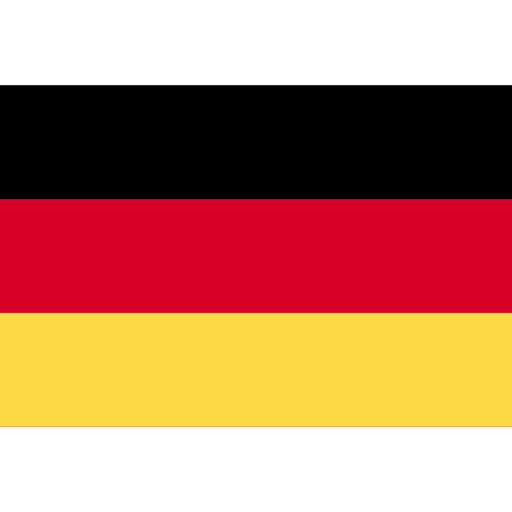
E-invoicing in the UK: What it is, how it works, and why it matters
02 October 2025
The days of manual invoice processing, separate PDF attachments, and time-consuming administrative checks are coming to an end. Electronic invoicing, or e-invoicing, is rapidly becoming the standard across Europe and the United Kingdom. This change is not only driven by efficiency and cost reduction, but also by evolving legislation. The shift towards e-invoicing reflects the broader trend of digital transformation in financial administration.
“E-invoicing is the catalyst for modern financial management. Organisations that invest now are building scalable and future-ready finance operations,” says John Schouten, Director of Product Management at ISPnext.
In this article, we explain what e-invoicing is, why it is becoming a legal requirement, the benefits it brings, and how your organisation can make the transition smoothly.





.png?width=862&height=621&name=Mockup_Preview_E-invoicing%20in%205%20stappen%20(ENG).png)